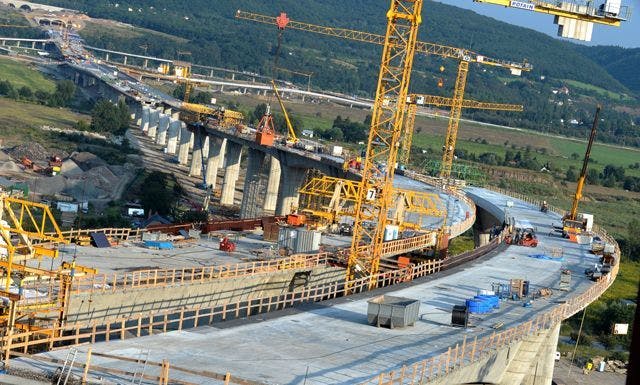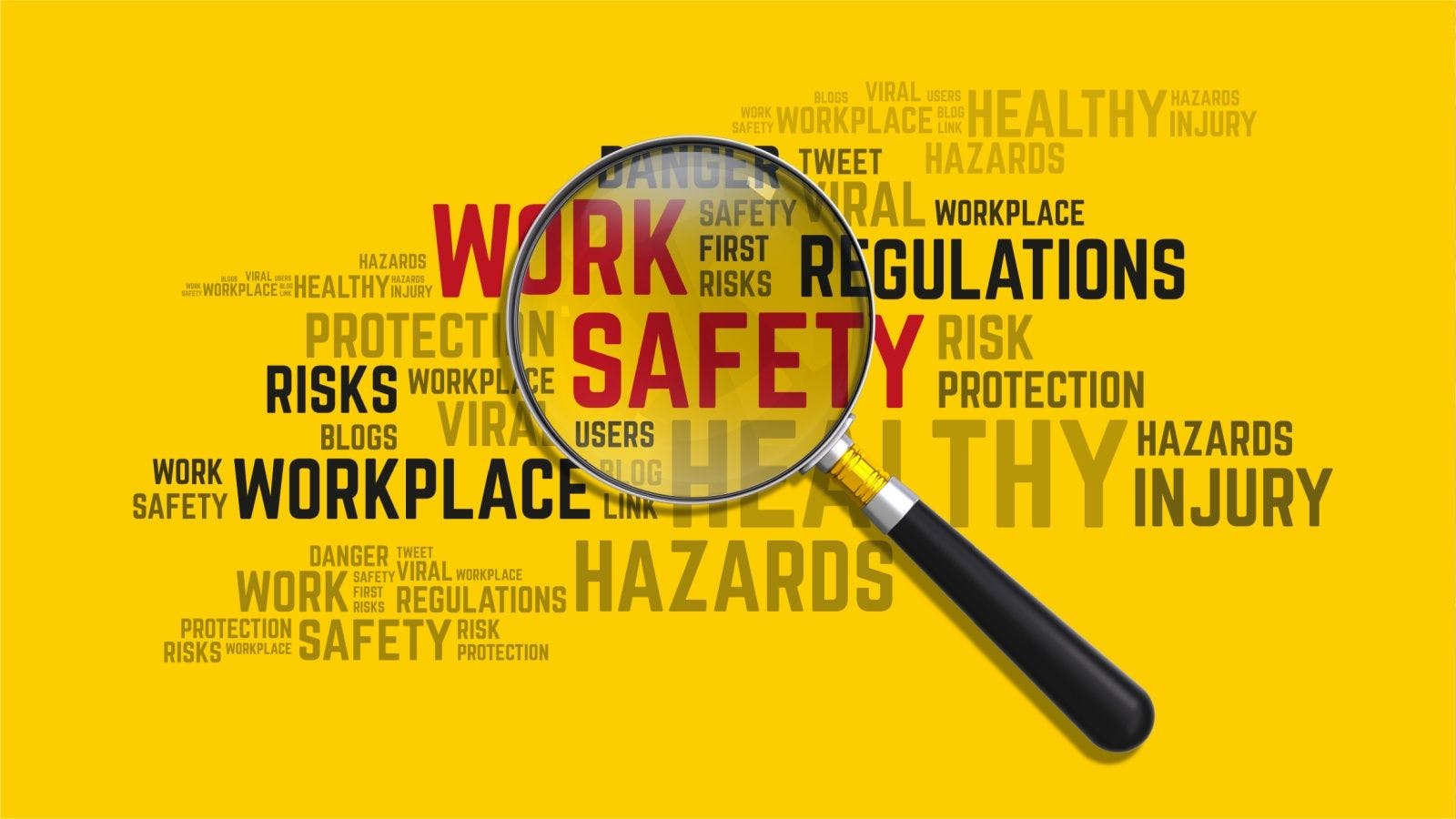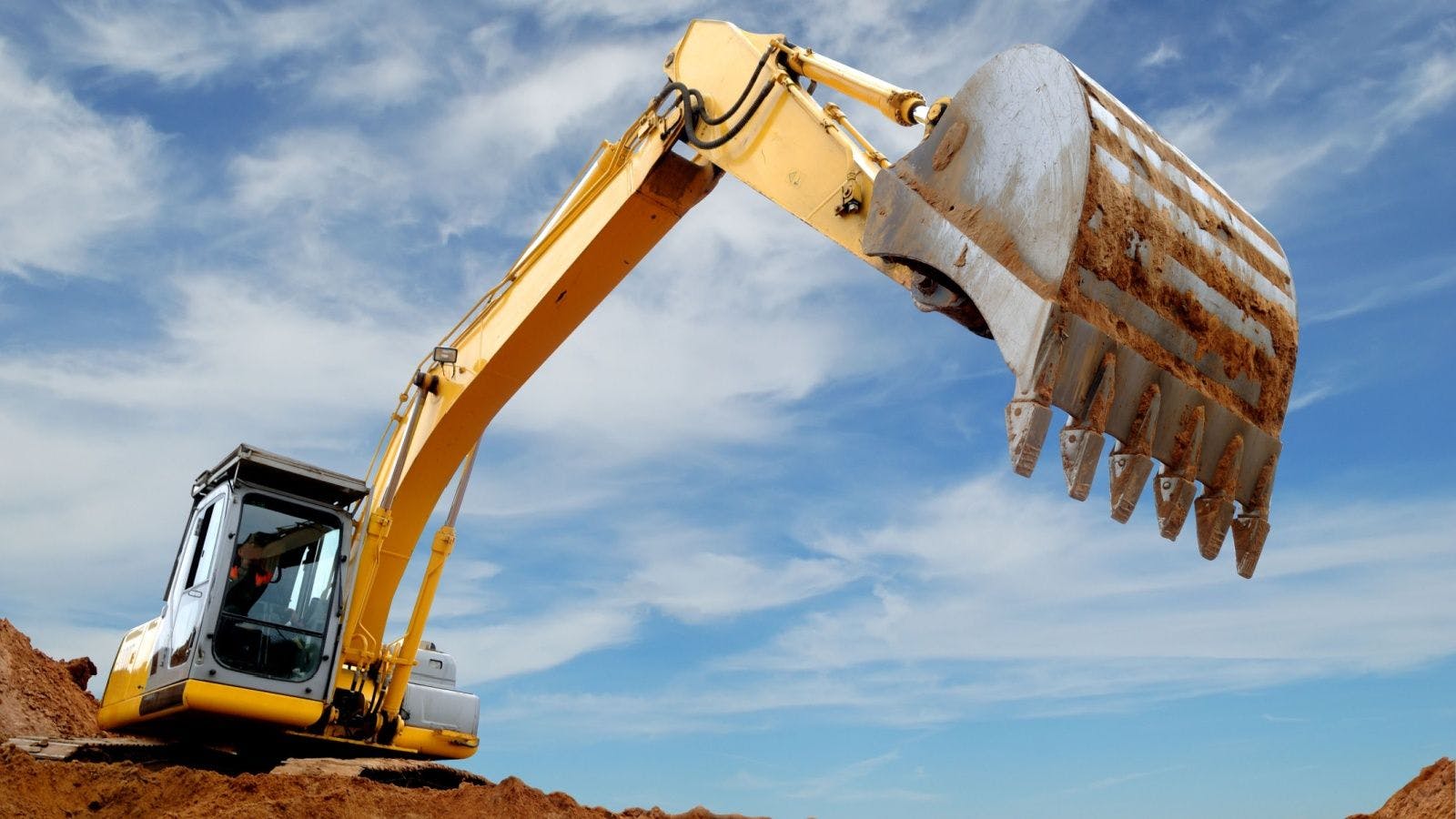
The Value of Surety in Assisting Contractors That Manage Aging Infrastructure Projects
At a time when local, state and federal government budgets are under mounting pressure, allocating the resources to refurbish America’s aging infrastructure – the roads, bridges, railways, airports, water systems, pipelines and other components upon which our economy depends – is an increasingly difficult challenge.
However, the deplorable state of much of the nation’s vital infrastructure, which recently earned a D+ grade from the American Society of Civil Engineers (ASCE), can no longer be ignored. It is becoming an increasing drag on business productivity, as well as negatively affecting the convenience and safety of individual Americans.
As a result, a growing number of decision makers are looking to public-private partnerships (P3s) to answer pressing infrastructure needs. In recent times, P3 arrangements have enabled the successful completion of many high-profile builds around the nation, such as the new tollway express lanes of the LBJ expressway in Texas and the Rapid Bridge Replacement Project in Pennsylvania.
Given that budget proposals in the $1 trillion range for infrastructure rebuilding programs are being discussed in Washington, D.C., the potential for a nationwide surge in P3 projects will almost certainly present many contractors with significant business opportunities. But an infrastructure rebuilding boom may also result in more complex risk transfer challenges alongside those normally baked into any major construction program.
No matter how experienced a contractor may be in taking on traditionally financed public projects, winning a P3 infrastructure bid requires heightened awareness of the financial and political environment during all phases, from contract to completion. Risk allocation among multiple stakeholders, and the resulting complex interdependence of contractual relationships, remain key challenges on all P3 projects. Contractors actively pursuing such opportunities should make it standard practice to seek the assistance and insights of a professional surety team at the earliest stages, even as early as the RFQ/RFP phase.
Bonding requirements have helped assure the completion of public infrastructure contracts for many decades and will continue to do so in any future infrastructure building boom. A surety bond is among the most time-tested methods of providing security for infrastructure rebuilds. They have much to offer to contractors, government entities and taxpayers in terms of protections. Construction is an inherently risky business, especially large-scale, mission-critical infrastructure projects. A variety of factors can negatively impact the completion of a specific assignment. One such factor could be as simple as the selection of a contractor lacking adequate experience or financial resources for the scale and type of project being built.
A well-crafted surety bond strategy delivers risk mitigation advantages in two key areas. First, due to the in-depth prequalification process typically associated with the underwriting of performance bonds, contractors that may lack the proven capability for successfully completing a particular type of infrastructure program (such as a bridge or highway overpass) may be eliminated from consideration earlier in the planning phase. This can help provide greater assurance to decision makers assigning the project.
Secondly, payment bonds provide greater economic security for local subcontractors and suppliers, who are often small business owners unable to absorb non-payment on a P3 infrastructure project. While a P3 contract transfers construction financing risk to private entities, the project remains public property and mechanics' liens are not typically an option to protect against non-payment. In the absence of mechanics' lien rights, payment bonds help provide assurance that laborers, subcontractors and suppliers will be paid for work and materials even when a potential exists for unanticipated interruptions in private financing of public property P3 ventures.
Ultimately, surety bonds help ensure project completion in compliance with the contract terms, protecting the interests of taxpayers and investors should a contractor default. The right surety team can be a major asset to a contractor undertaking a complex P3 infrastructure project. Experienced surety underwriters can help contractors navigate the nuances of the P3 procurement process and the often complex relationships that exist between public and private stakeholders. Because they understand the continuum of risks associated with P3 projects, they can act as advocates for the contractor and for the project overall. They can also provide assistance in identifying project risks and can tailor bond language to meet the needs of various stakeholders, including concessionaires, lenders and rating agencies.
With citizens across the nation calling for urgent action on vital infrastructure improvements, rebuilding programs financed by P3 solutions will continue to grow in number, scope and cost. Clearly, the surety industry will play an ongoing role in helping to rebuild America in the years ahead.
Related stories








